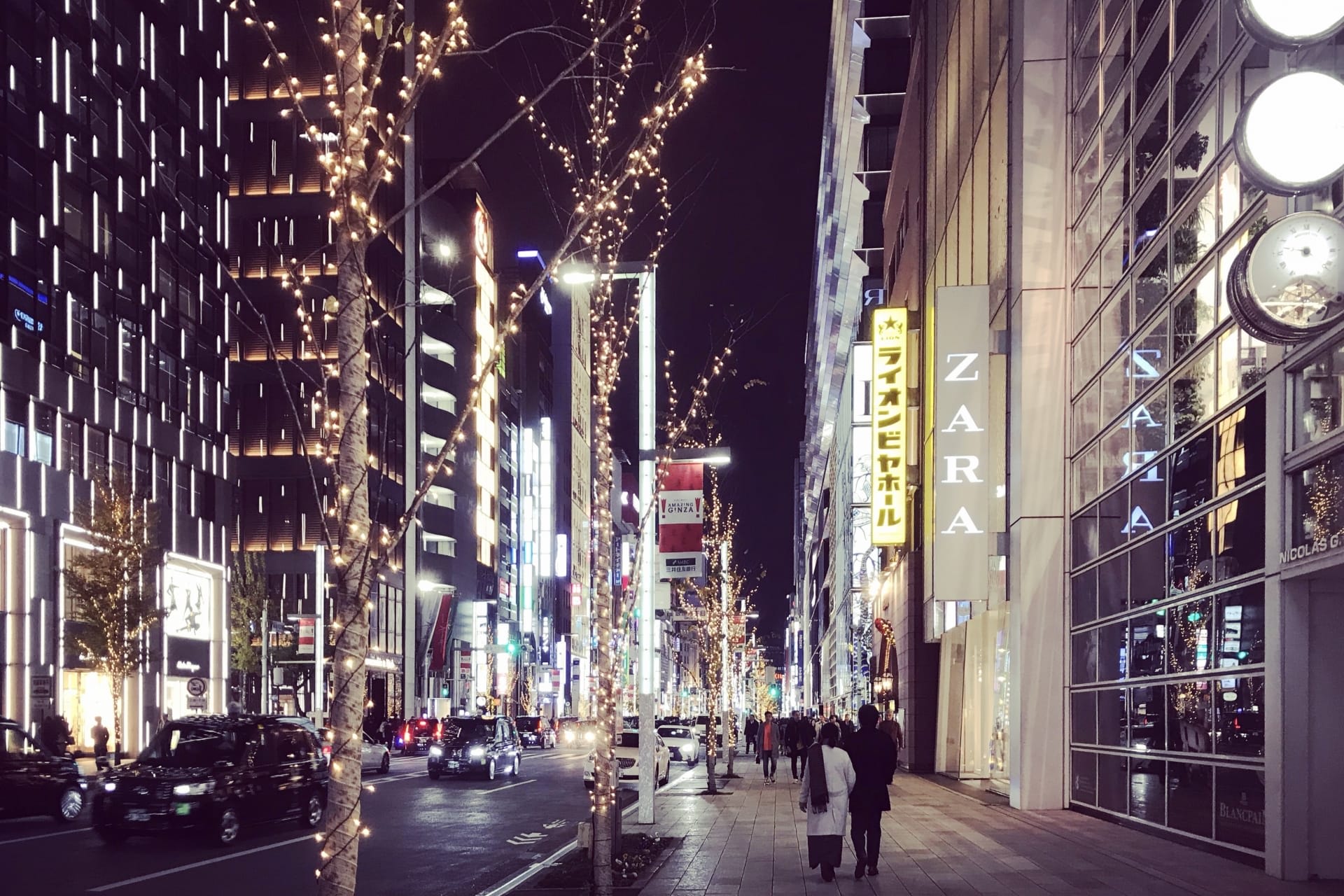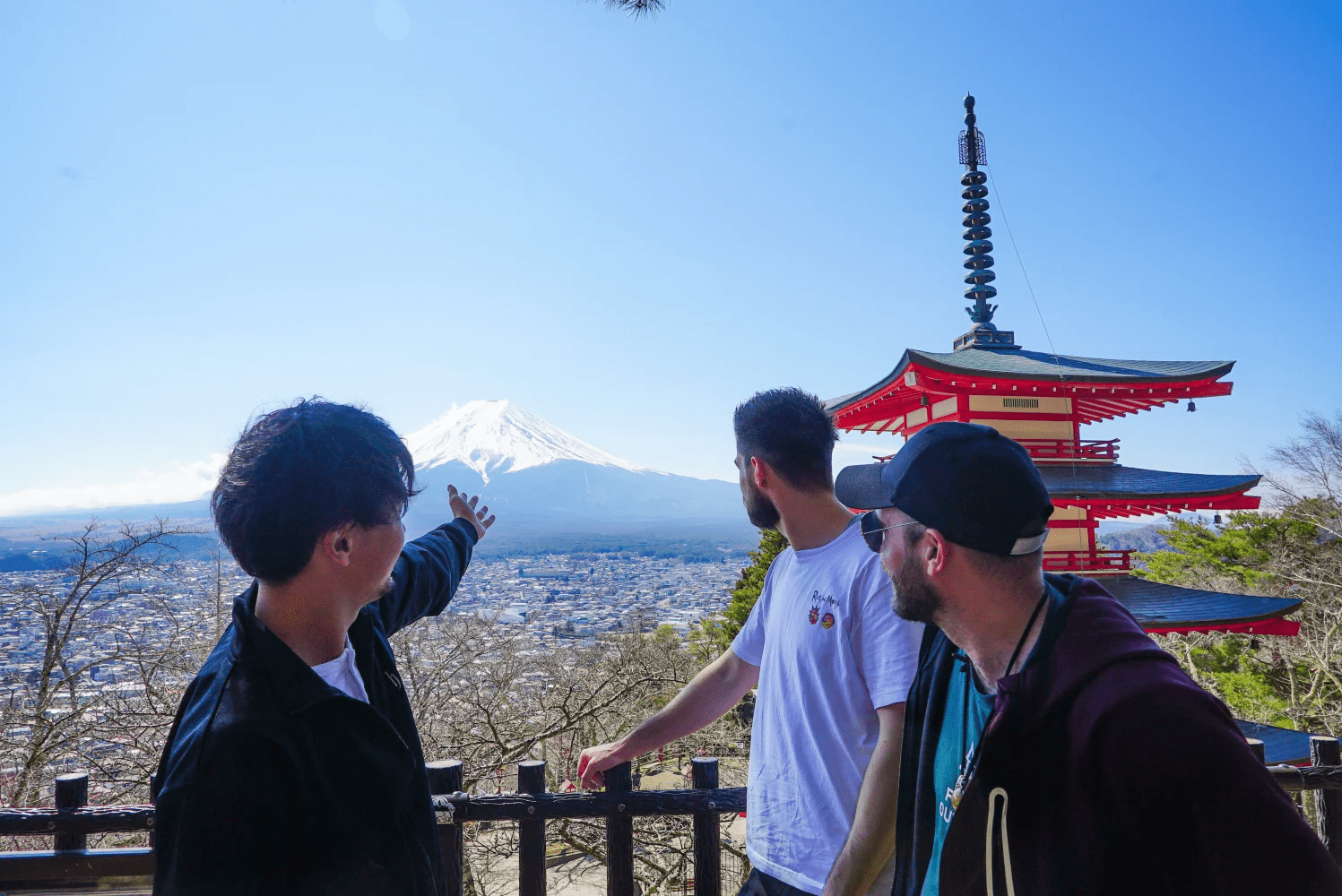Ginza Winter Guide 2025: Complete Tourist Guide to Seasonal Attractions
Ginza is one of the most enchanting neighborhoods in Tokyo, where I was born and raised. This area, where solemn tradition intersects with refined modernity, becomes even more captivating in winter.
As I walk down Chuo-dori Avenue, adorned with dazzling illuminations, I see seasonal decorations in the windows of luxury brand stores, and warm light spills from long-established department stores. While weekend crowds are inevitable, they're a testament to the area's vibrancy.
You can savor exquisite winter delicacies at Michelin-starred restaurants, take a breather at a quaint cafe, or immerse yourself in traditional performing arts at the Kabuki-za Theatre for a truly special experience.
Through this article, I hope you'll experience the winter charms of this sophisticated neighborhood that I, as a Tokyo native, love so dearly.
While savoring Ginza's winter gourmet scene is one of its attractions, securing reservations at delicious Japanese restaurants isn't always easy.
If you want to fully enjoy Ginza's winter culinary delights, consider using MagicalTrip's "Finest Sushi & Tempura Tour" or "Wagyu Tour", which I'll introduce later. MagicalTrip offers many other tours in Tokyo as well.
Table of Contents
・Winter Illuminations in Ginza
・Winter Shopping in Ginza
・Indoor Activities in Ginza's Winter
・Gourmet Experiences in Winter Ginza
・Recommended Tours to Enjoy Winter Ginza Cuisine
・Frequently Asked Questions About Winter in Ginza
Winter Illuminations in Ginza
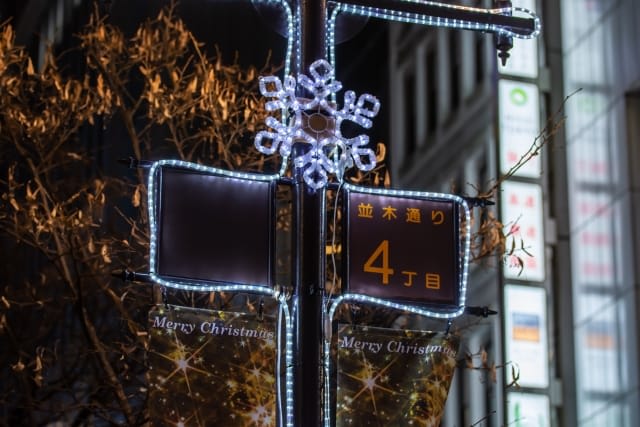
From mid-November to late January, Ginza's streets are enveloped in fantastical light. I especially recommend visiting the Wako Christmas tree. Decorated with a different theme each year, this spectacular tree is a popular spot for commemorative photos.
The window displays of luxury brand shops are not to be missed. Each brand showcases intricately designed Christmas displays that are nothing short of artistic masterpieces. At Ginza Mitsukoshi, the Christmas tree and illuminations set up at the Harumi-dori entrance delight visitors' eyes.
The illuminations in the adjacent Yurakucho area are also a must-see. This light display, representative of Tokyo's winter nights, is sure to leave a strong impression on international travelers.
Winter Shopping in Ginza
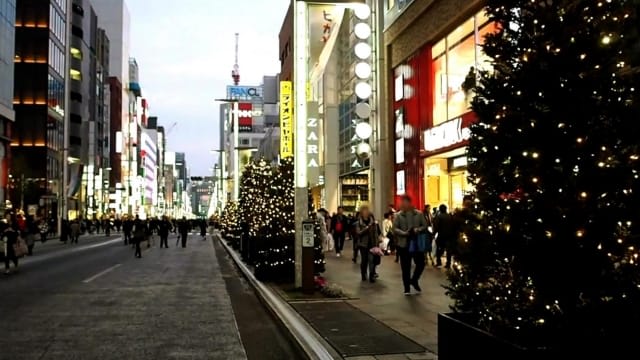
The Ginza shopping experience becomes even more special during the winter season. As someone who has been frequenting Ginza for over 20 years, I'd like to introduce you to its charms.
In luxury brand stores, you can see winter collections before they're released to the rest of the world. Renowned brands like Chanel, Hermès, and Louis Vuitton offer Japan-exclusive winter collections and special holiday items. The window decorations are so spectacular that I often find myself stopping to admire them.
Winter shopping at department stores is also exceptional. The "Winter Clearance Sale" is not to be missed. At long-established department stores like Mitsukoshi and Matsuya, popular items that are usually out of reach become more affordable. I always aim for this period to purchase items from my favorite brands.
During the dry winter season, cosmetic shops are bustling. Leading Japanese cosmetic brands like Shiseido, SK-II, and Shu Uemura feature skincare lines specifically designed for winter dryness. You can also receive careful consultations from beauty consultants of each brand, making these shops popular for souvenirs.
However, there's no need to be overly fixated on the image of "Ginza = luxury brand shops". In fact, there are also plenty of stores like Loft that offer relatively reasonable and unique products. By visiting such stores, you can experience the "real Tokyo" more deeply. When I guide my overseas friends, I always make sure to include these stores in our itinerary.
Indoor Activities in Ginza's Winter
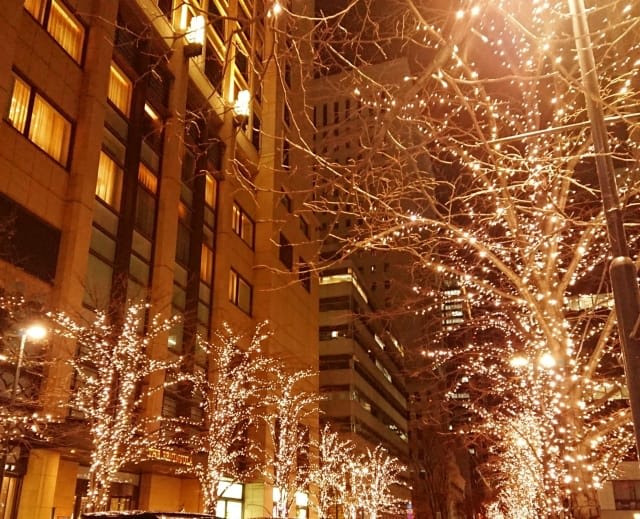
Because of the cold winter, Ginza's indoor spots hold a special charm. As someone who has known Ginza for many years, I'd like to introduce you to some particularly recommended winter indoor spots.
First on the list is the Kabuki-za Theatre. The winter special performances allow you to experience the essence of traditional Japanese performing arts. Watching an art form that has been passed down for hundreds of years in this majestic building will surely become a lifelong memory. You can also view English explanations on tablets, so you can enjoy the performance without feeling a language barrier.
Art Aquarium is a space that expresses Japanese aesthetics with a modern sensibility. In winter, they hold fantastical exhibitions themed around snow and ice, where you can enjoy the graceful swimming of goldfish in a beautiful world created by LED lights. Photography is allowed, making it a popular spot for social media.
And as a unique charm of Ginza, we mustn't forget the presence of historic, long-established cafes. My favorite is "Café de l'Ambre," which has been in business since the 1940s. The classic interior and carefully brewed coffee are superb. Spending time here leisurely on a cold winter day is an unparalleled luxury.
Gourmet Experiences in Winter Ginza
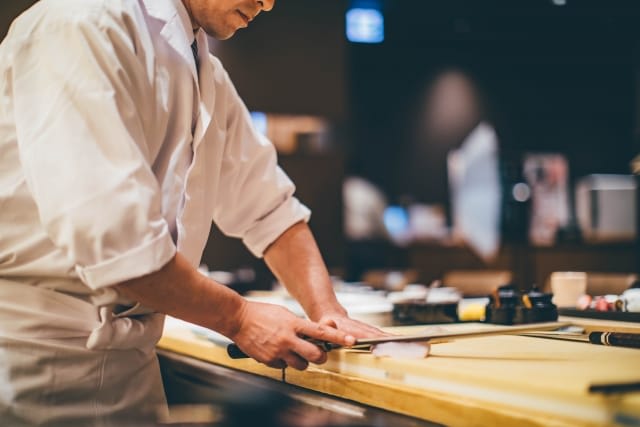
Winter in Ginza is a season of fine dining. As someone who has been eating my way through this neighborhood for over 20 years, I'd like to introduce you to some particularly recommended gourmet spots.
The basement food halls of long-established department stores are veritable treasure troves of food. The winter-limited Japanese sweets, in particular, are not to be missed. Snow-themed namagashi (fresh confections) made by famous traditional Japanese confectionery shops and warm daifuku perfect for the cold season are the best ways to taste Japan's seasonal sensibility.
In the Western confectionery section, special cakes for the Christmas season and winter-limited chocolates are lined up, making it hard to choose just one.
Michelin-starred restaurants offer special courses using winter ingredients. The array of dishes using luxurious winter ingredients such as matsutake mushrooms, crab, and truffles are truly works of art. I especially recommend "Ginza Kojyu," a Michelin-listed restaurant. In this luxurious space where you can closely observe the artisan's skills over the counter, you can experience the changing of seasons with all five senses.
At Ginza's sushi restaurants, you can savor the finest seafood unique to winter. You can enjoy seasonal fish and shellfish such as winter yellowtail, snow crab, and bluefin tuna, which are at their most delicious during the cold season, prepared with the skill of master chefs. While many restaurants are difficult to book, you can relatively easily realize a dining experience at high-end restaurants by using the dining tours mentioned later.
Recommended Tours to Enjoy Winter Ginza Cuisine
I'd like to introduce you to two special gourmet tours from MagicalTrip that I confidently recommend for those who want to fully enjoy Ginza's fine cuisine.
Finest Quality Sushi & Tempura Dining Experience in Ginza
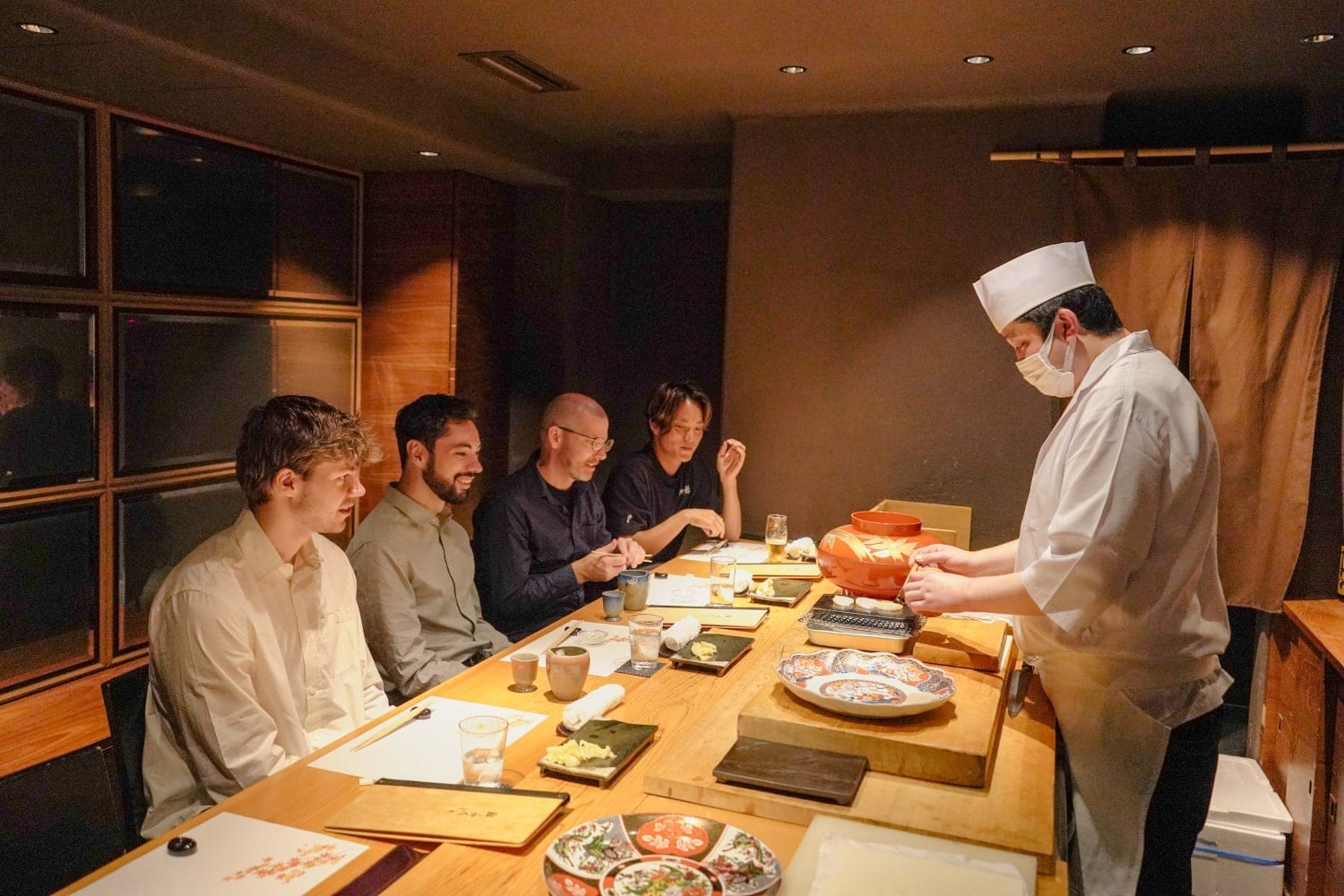
This is a luxurious 2.5-hour tour that takes you to high-end sushi and tempura restaurants that Ginza is proud of. You can visit famous restaurants highly rated by Michelin and Tabelog, accompanied by an English-speaking guide. For $203.41 (about 30,000 yen) per person, it includes four carefully selected drinks.
Counter seats are secured, allowing you to closely observe the masterful techniques of skilled artisans right before your eyes. You can enjoy nigiri sushi and tempura made with the best ingredients of the day at restaurants that use over 80 types of seafood throughout the year.
Even if you're unsure about Japanese cuisine etiquette and manners, the English-speaking guide will support you kindly, allowing you to enjoy authentic Japanese cuisine without worry. It's popular not only for solo travelers but also for couples and friends, and is often chosen for special anniversary celebrations.
For more details: Finest Quality Sushi & Tempura Dining Experience in Ginza
Wagyu Beef & Sake Pairing Foodie Tour in Ginza
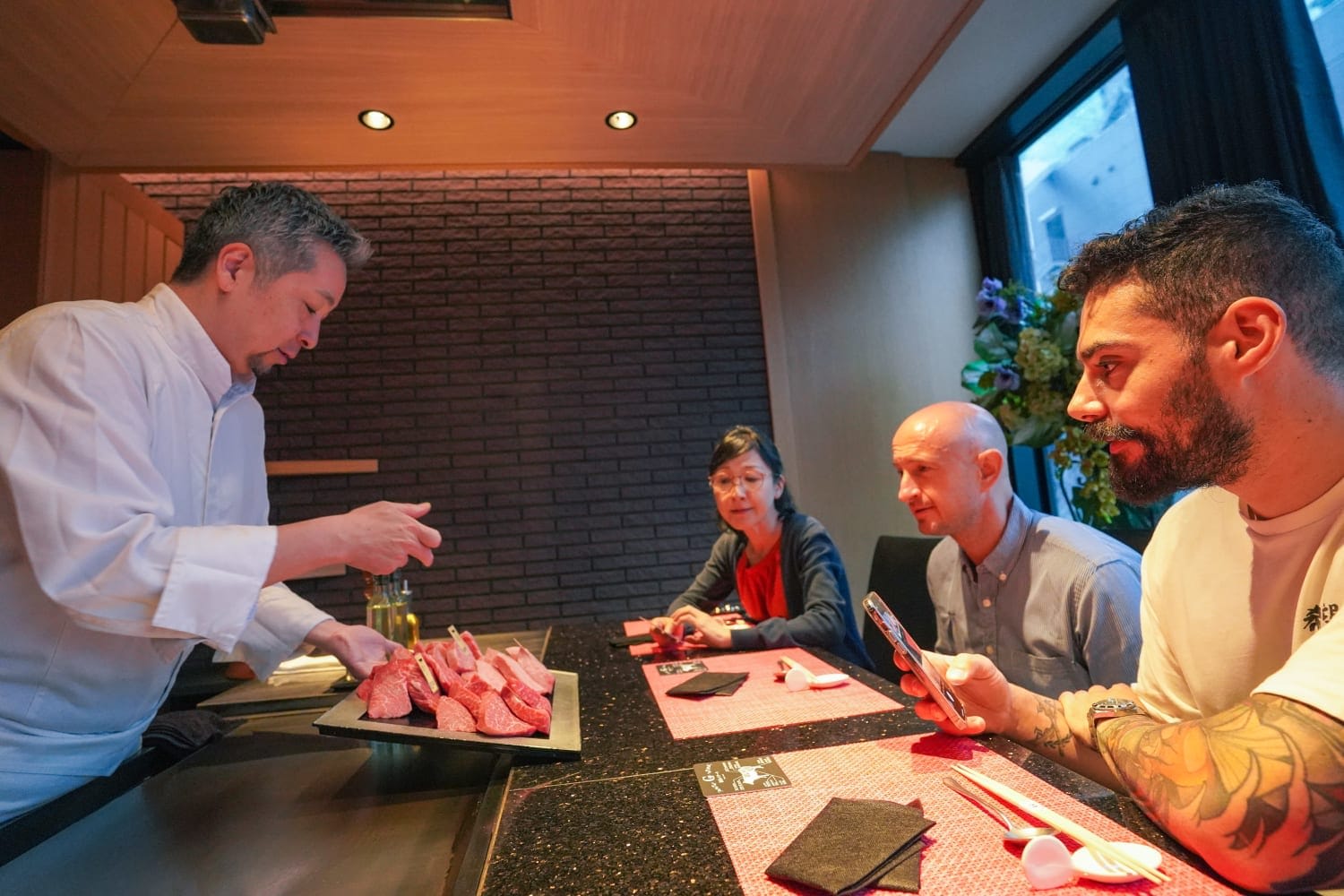
This is a 3.5-hour premium tour where you can fully enjoy Wagyu beef and sake, two of Japan's proudest offerings. For $177.98 (about 26,000 yen), you can experience all-you-can-eat top-grade A5 rank Wagyu beef and all-you-can-drink famous sake from Nara.
The tour starts at Nara Prefecture's antenna shop. You can enjoy 30 minutes of all-you-can-drink from about 20 types of local sake from Nara, known as the "birthplace of sake". It's a nice touch that wine and soft drinks are also available for those who don't prefer sake.
The next destination is a teppanyaki restaurant in Ginza. Here, you can order as much A5 rank Wagyu beef as you like. In addition to the supreme Wagyu beef grilled by the chef right in front of you, you can savor seasonal side dishes, special soup, and finish with garlic rice and miso soup. You can enjoy it with your preferred drinks such as wine or beer.
During the tour, you can stroll through Ginza with your guide and learn about the history and culture of this neighborhood. Finally, you'll spend an elegant time enjoying dessert and one drink at a carefully selected cafe or bar.
For more details: Wagyu Beef & Sake Pairing Foodie Tour in Ginza
Frequently Asked Questions About Winter in Ginza
As a Tokyo resident, I'll answer some common questions about visiting Ginza.
What About Transportation Access and Surrounding Information in Ginza?
Access to Ginza is very convenient. It's a 5-minute walk from JR Yurakucho Station and directly connected to Ginza Station via underground passages. From Tokyo Station, the gateway to Tokyo, it's a 15-minute walk or just a 5-minute taxi ride.
You can use the Ginza Line, Marunouchi Line, and Hibiya Line of the subway, allowing smooth access from various parts of Tokyo. The subway operates until 12:00 AM, so you can safely return home even after enjoying the night illuminations.
What's the Best Attire for Winter in Ginza?
From December to February, the average temperature in Ginza is around 5-10 degrees Celsius. I recommend bringing a warm outer garment. Since indoor spaces are heated, a layered style that's easy to put on and take off is ideal. Especially in Ginza, where there are many high-end stores and restaurants, smart casual or dressier attire is preferable.
Choosing comfortable shoes is also important as you'll likely be walking a lot for sightseeing and shopping. For women, I recommend shoes without too high heels.
What Are the Recommended Photo Spots in the Ginza Area?
Ginza has numerous fantastic photo spots. The Wako clock tower is an excellent shooting point, especially when lit up at night. The majestic traditional architecture of the Kabuki-za Theatre is also a popular shooting spot that showcases Japanese-ness.
From the rooftop garden of Ginza Six, you can enjoy a panoramic view of Ginza. The Chuo-dori Avenue decorated with illuminations and the area around the large vision screen in front of Sony Building are also popular spots that create an urban atmosphere.
How Can I Avoid Weekend Crowds?
While Ginza is indeed crowded on weekends, you can enjoy sightseeing comfortably if you act wisely. It's relatively uncrowded right after opening in the morning or after 2:00 PM on weekdays. I recommend making reservations in advance, especially for popular stores and restaurants.
Also, rainy days tend to have fewer people, allowing for a more relaxed sightseeing experience. If you focus on underground streets and department stores, you can enjoy Ginza without being affected by the weather.
Winter in Ginza is a special season where the charm of a sophisticated city harmonizes beautifully with Japanese traditions. With its glittering illuminations, exquisite gourmet experiences, fulfilling shopping, and heartwarming indoor activities, this special neighborhood continues to captivate visitors in every aspect. I hope you'll experience the charm of this special neighborhood for yourself!
